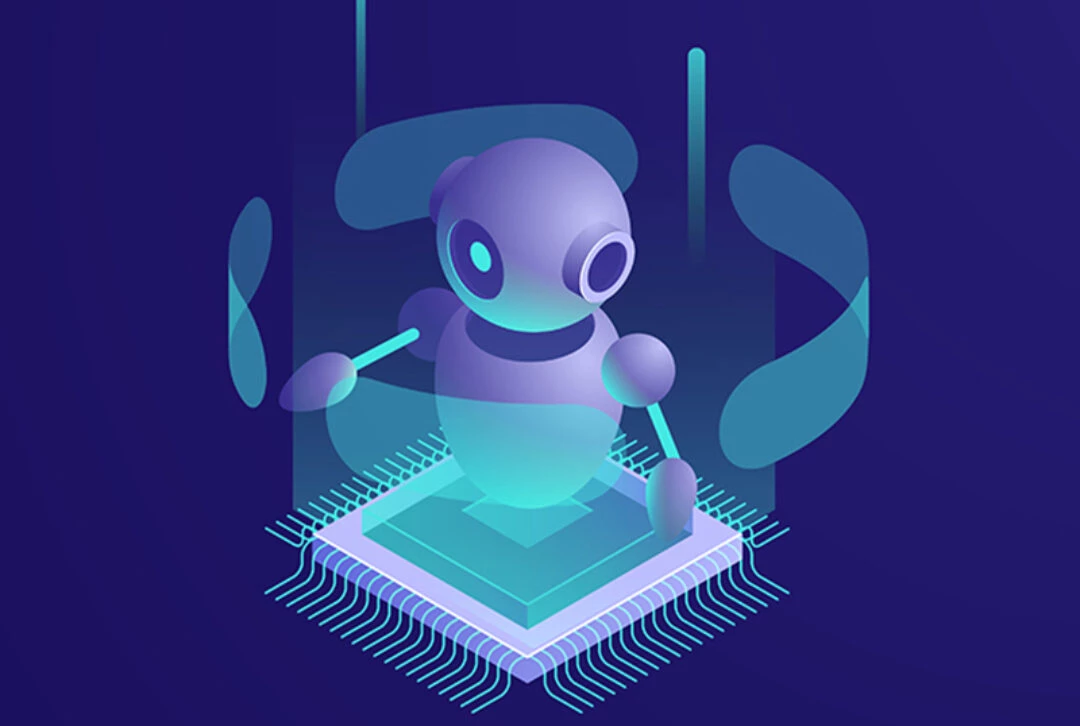“How can I help you?”
Customer Service representatives say this phrase dozens—if not hundreds—of times a day. A chatbot will type it thousands. When you visit a website with a “chat” function, chances are artificial intelligence in the form of a chatbot is the voice behind the text.
Talking to a robot may seem like a dreaded task, but it does help aid in human-to-human interaction. Though its capabilities are limited, a chatbot can help users narrow their search. This leads them to the most adept human customer service representative. Talking to a chatbot may be frustrating, but it does cut time. It diminishes the “run-around” that can happen when trying to get a hold of the appropriate customer service representative.
The ability for organizations to use chatbots in supplement to traditional customer service provides a more comprehensive experience for users. It’s a far more dynamic approach to problem-solving than an FAQ webpage. Users are allowed to interact and get immediate feedback from a knowledgeable source.
But what is a chatbot?
“Press 1 for Accounting.”
“Dial 2 for Human Resources.”
“Touch 3 for Customer Service.”
“Press 4 for more options.”
Dialing a support line, ordering takeout, paying credit card bills, and even generating memes— these are all areas of life that have been infiltrated by chatbots.
A bot is really just software that performs an automated task. A chatbot is a more specific manifestation of this. Chatbots are made to interact and converse with humans. Bots receive a command or get asked a question. Then, based on the programming of the bot, the task is accomplished or question answered. Chatbots communicate in a variety of ways, the most popular being text/voice and graphical interfaces.
There are three types of chatbots:
Scripted: Their behavior is determined by rules. Conversations with this type of chatbot can only follow a certain path. The human interaction is limited in the sense that each user must pick from explicit options to determine the next step in the conversation. These options are presented via text, voice, or touch response—it just depends upon your medium of communication: phone call, text, desktop, etc…
Intelligent: These bots are built with artificial intelligence techniques. They are more flexible in how they accept user input. Conversational input can be analyzed by the bot and a more detailed answer is provided. AI also allows them to learn more as they are used. Each interaction is stored, analyzed, and applied to the next human interaction. Though more flexible than a scripted bot, context and ambiguity are weaknesses.
Application: These bots are interacted with using a graphical interface. This provides a visual option for users and is a representation of programs, files, and actions.
What these chatbots do is help form a decision tree.
Their main purpose is to narrow your search field and find the proper customer service representative for helping you with your requests.
Each chatbot has its own benefits and limitations, and depending upon your company’s services, a scripted chatbot, intelligent chatbot, or application will work best.
How do we differentiate between a chatbot and an app?
Well, a bot is something that operates within an app. An app, like Facebook’s Messenger or WhatsApp, merely provides a platform for two people to communicate within. A chatbot has an “identity” that is separate from its interaction with the user. A chatbot is just another way for humans to interact with software. Although there is admitted overlap between interacting with websites and apps compared to chatbots.
So, what’s driving the popularity of chatbots? It’s a cultural shift, People call less and text more. We use SMS (short message service) and other messengers daily speaking to friends and family, so interacting with a robot becomes more habitual. The unnatural becomes…natural.
But have no fear! Bots won’t soon take over the world. They’re designed to make life easier—not entirely replace people. They’re supplemental in the world of flesh and blood, and at the end of the day, we’d all rather interact with a human when we need to be understood.
Contact TOTAL today to learn more about the benefits of chatbots and how they can help your business!
